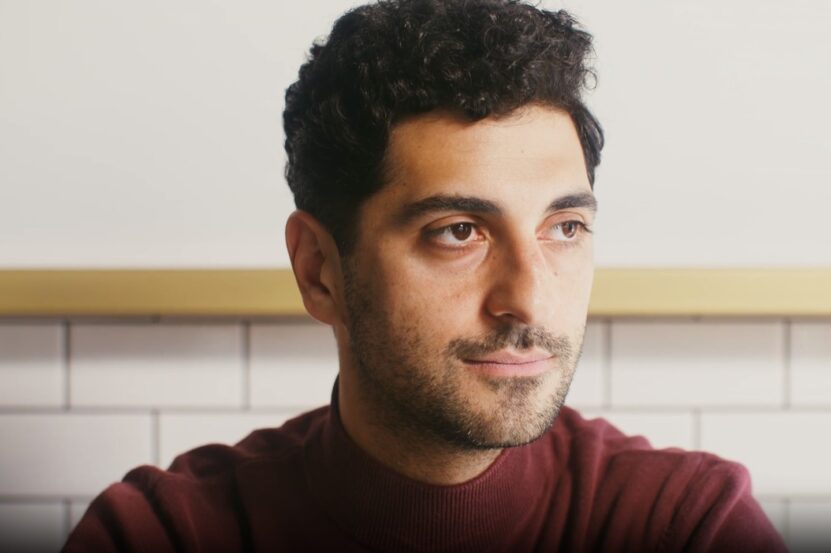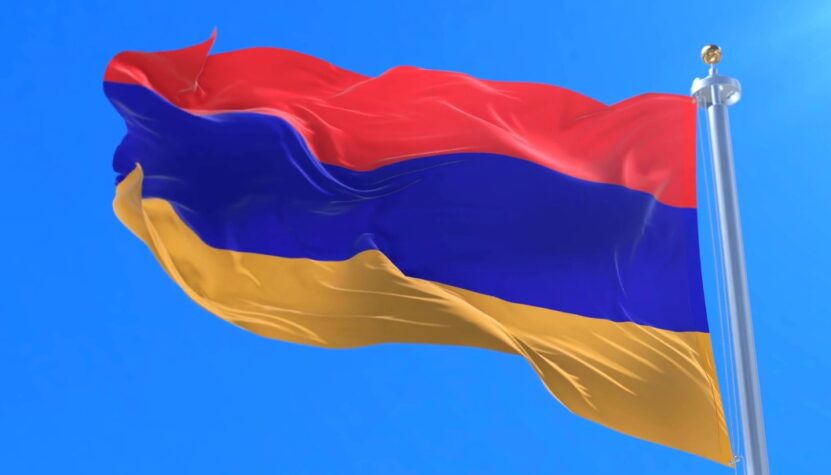Armenians are an ancient ethnic group with a rich culture and history, originating from the South Caucasus and Anatolia. They speak Armenian, a unique Indo-European language with its own alphabet and literature.
Despite enduring wars, migrations, and genocides, Armenians have formed a significant global diaspora, contributing to science, art, and politics. This article delves into their racial and genetic identity, exploring their origins and connections with other world populations.
It examines historical, archaeological, and genetic evidence to understand the Armenians’ genetic diversity, structure, and evolution, offering insights into their past and future research directions.
Are They Caucasian?

The term “Caucasian” has a complex and contested history. It was originally used to describe people from the Caucasus region, a mountainous region in Western Asia. However, the term has also been used to refer to a broader group of people with light skin, dark hair, and blue or green eyes.
This broader definition of “Caucasian” is often used to classify Armenians as a Caucasian race. However, many Armenians and other scholars argue that the concept of race is a social construct and that there is no scientific basis for dividing people into racial categories.
They argue that Armenians are best understood as an Indo-European ethnic group, with a distinct language, culture, and history. Ultimately, the question of whether or not they are Caucasian is a matter of personal identification.
Some Armenians may choose to identify as Caucasian, while others may prefer to identify as Armenian or as part of a broader Indo-European ethnic group. There is no right or wrong answer to this question, and it is up to each individual to decide how they want to identify.
Genetic Ancestry
In the fascinating world of genetic research, the study of Armenian genetics stands as a testament to the intricate tapestry of human history. This journey into the past is driven by a quest to answer several compelling questions: How did the Armenians emerge as a distinct population in the South Caucasus and Anatolia?
What genetic ties do they share with other populations across the Middle East, Europe, and Asia? And how did the spread and diversification of Indo-European languages occur in this region?
Solving the Puzzle of Genes
To address these intriguing questions, researchers have delved deep into the genetic makeup of the Armenian people, employing a range of sophisticated methods:
- Autosomal DNA Analysis: This approach provides a comprehensive view of an individual’s genetic ancestry, drawing from the DNA inherited from both parents. It’s like a genetic mosaic, offering a picture of the overall genetic diversity and ancestry of the Armenian population.
- Paternal and Maternal Lineage Studies: By analyzing Y-chromosomal DNA, inherited from the paternal line, and mitochondrial DNA, passed down from mothers, scientists gain insights into the distinct paternal and maternal histories of the Armenian people.
- Tracing Ancestral Footprints: The comparison of haplogroups and haplotypes, which are essentially clusters of genetic variants from a common ancestor, helps trace the their genetic roots back to specific geographic regions or time periods.
- The Power of Data Analysis: Advanced statistical and computational tools are employed to interpret this wealth of genetic data, painting a picture of the Armenians’ genetic structure and historical journey.
The Sources of Genetic Insight

The exploration into Armenian genetics is fueled by a diverse array of genetic data, each source enriching our understanding of their genetic narrative. Ancient DNA, extracted from archaeological sites such as the Areni-1 cave and the Sarduri II tomb, serves as a portal to Armenia’s distant past.
These ancient genetic materials offer a direct link to long-lost civilizations, providing invaluable insights into the genetic makeup of early Armenians. In contrast, modern DNA samples from Armenian populations and their diaspora communities around the world, including regions like Georgia, Iran, Turkey, and the United States, offer a contemporary view.
These samples capture the current genetic diversity of Armenians, reflecting the changes and continuities in their genetic story over time. Moreover, placing Armenian genetics in a global context is crucial.
By comparing the genetic data of Armenians with that of other regional and global populations, researchers can contextualize the Armenian genetic story within the vast tapestry of human genetics. This comparative approach not only highlights the unique aspects of Armenian genetics but also situates their genetic journey in relation to the broader narrative of human evolution and migration.
Key Genetic Revelations

The findings from genetic studies on Armenians are both enlightening and significant, revealing a multifaceted story of their genetic heritage. One of the most striking revelations is the story of continuity and admixture.
This complexity is a reflection of the numerous cultural and genetic influences that have shaped the Armenian people over time. Tracing the roots of this lineage, genetic studies suggest that the Armenian story dates back to the Neolithic period, around 8000 years ago.
The origins of this lineage are likely rooted in the South Caucasus or Anatolia, regions that have been pivotal in the history of human civilization. Furthermore, the studies have identified unique genetic signatures that are more prevalent among Armenians.
These include specific Y-chromosomal haplogroups such as R1b, J2, J1, G, and E, and mitochondrial haplogroups like H, U, T, I, W, HV, J, K, X, and N. These distinct DNA variants not only highlight the unique genetic identity of Armenians but also underscore their connections to other populations, weaving their story into the broader narrative of human genetic history.
Cultural and Historical Significance
The genetic identity of Armenians is not just a matter of scientific interest but also has profound cultural and historical significance. It reflects the long and complex history of the Armenian people, marked by both triumphs and tragedies.
The Armenian language and alphabet, developed in the 5th century, are crucial elements of their identity. The Armenian alphabet, created by Mesrop Mashtots, has been a key factor in preserving Armenian literature, culture, and history, even during periods of foreign domination.
Moreover, the Armenian Genocide of 1915, where the Ottoman Empire systematically exterminated 1.5 million Armenians, has had a lasting impact on the Armenian identity. This tragic event has been a central element in the collective memory and consciousness of Armenians worldwide.
Preserving Armenian Heritage

In addition to scientific research, there is a growing movement to preserve and promote Armenian cultural heritage. This includes efforts to safeguard the Armenian language, traditions, and arts, which are integral to the Armenian identity.
Organizations and communities around the world are involved in documenting and celebrating Armenian history and culture. This includes the preservation of ancient manuscripts, the promotion of Armenian music and dance, and the commemoration of historical events like the Armenian Genocide.
The global Armenian diaspora plays a crucial role in these efforts. Armenians living in different parts of the world contribute to a diverse and vibrant culture that is both distinctly Armenian and influenced by their adopted homelands.
FAQ
What role has the language played in preserving Armenian cultural identity?
The Armenian language, with its unique Indo-European roots and distinct alphabet developed in the 5th century, has been pivotal in preserving Armenian cultural identity. It has enabled the continuity of Armenian literature, history, and traditions, even during periods of foreign domination and diaspora.
How has the Armenian Genocide impacted the genetic diversity of the Armenians?
The Armenian Genocide of 1915 significantly impacted the genetic diversity. It caused a diaspora, spreading Armenian genetic markers globally, while also potentially reducing genetic variability within Armenia due to the loss of so many lives.
How does the Armenian diaspora contribute to the preservation of their heritage?
The global Armenian diaspora plays a crucial role in preserving Armenian heritage. They engage in documenting and celebrating Armenian history and culture, including the preservation of ancient manuscripts, promotion of Armenian music and dance, and commemoration of historical events like the Armenian Genocide.
What insights have genetic studies provided about the origins of the people?
Genetic studies suggest that Armenians likely originated in the Neolithic period, around 8000 years ago, possibly in the South Caucasus or Anatolia. These studies reveal a complex genetic makeup, indicating multiple ancestral and parental populations contributing to their genetic heritage.
How do they view the concept of race in relation to their identity?
Many Armenians and scholars argue that race is a social construct with no scientific basis for categorizing people. They often prefer to identify as part of an Indo-European ethnic group with a distinct language and culture, rather than adhering strictly to racial classifications. The choice of identification varies among individuals, reflecting personal views on their heritage and identity.
Final Words
Armenians represent an ancient ethnic group with a profound cultural and historical legacy, originating from the South Caucasus and Anatolia. Speaking of their unique Indo-European language, they have preserved a rich heritage despite facing wars, migrations, and genocides. This article has delved into their genetic and racial identity, exploring their origins and connections with global populations.
Through historical, archaeological, and genetic evidence, we gain insights into the Armenians’ genetic diversity, structure, and evolution. These studies not only illuminate the past but also guide future research, offering a deeper understanding of this resilient and enduring community.

